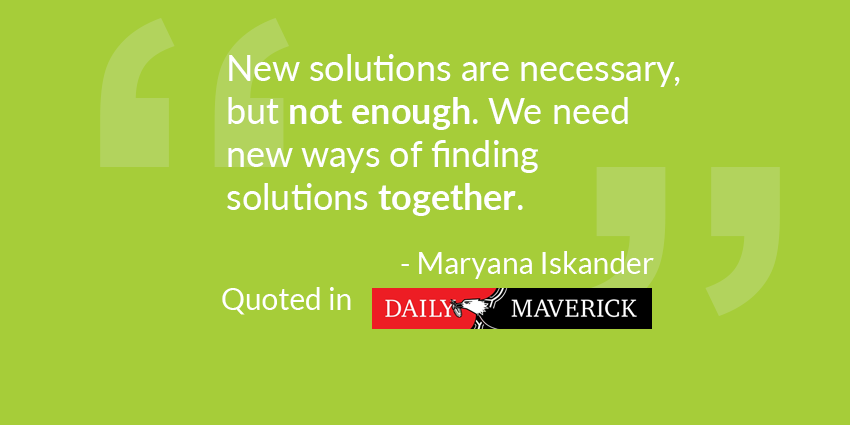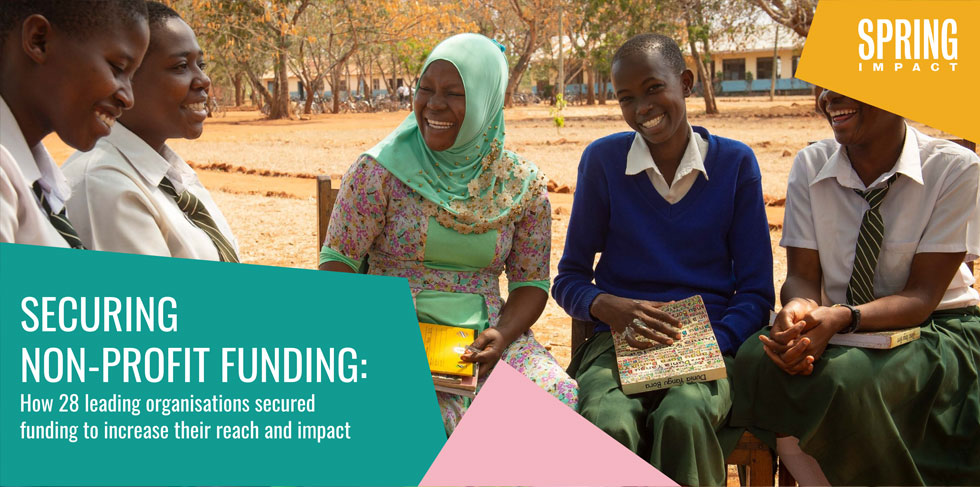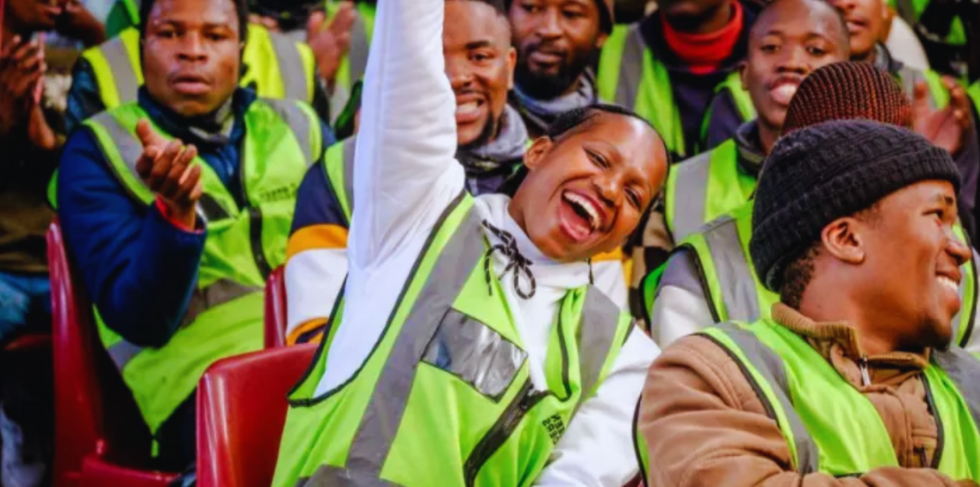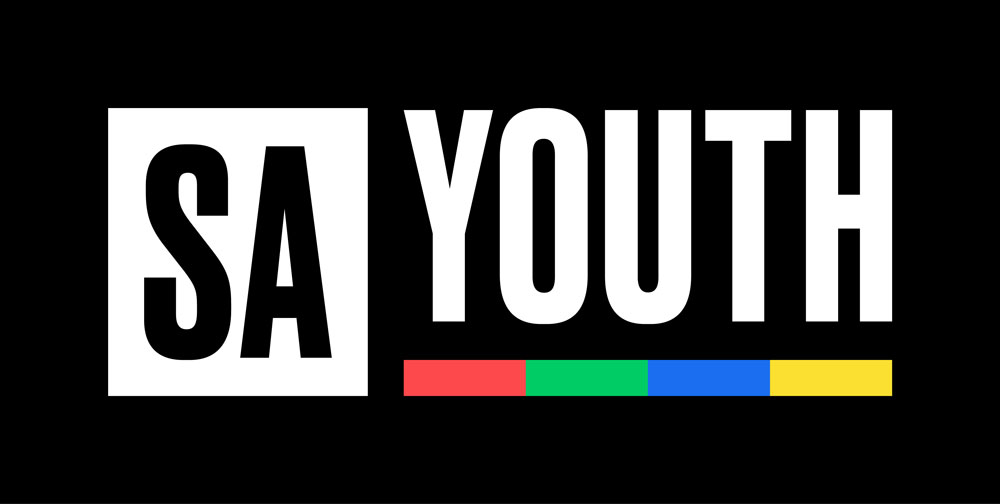20The familiar promise of more – more schooling, more skills, more training – no longer leads to more opportunity for South Africa’s youth. Pathways from education systems to economic systems are broken. We urgently need new ways of moving young people along non-linear, zig-zagging and increasingly short-term journeys from school to work.
Our youth unemployment statistics continue to startle. Over two-thirds of young South Africans are not in employment, education or training within 12 months of leaving school. Recent research confirms that 75% of these youth have no work experience, and more than half have not completed their final year of high school. Around 60% are young women.
This week’s release (Monday 10 February) of quarterly employment statistics reinforces the need for a national, coordinated response to the youth unemployment crisis. But what is actually working? And what more is needed to give young people a new promise of opportunity?
Even in South Africa’s low-growth economy, service industries can generate jobs for youth. With focus and coordination, this can be done at scale. The South Africa in the Digital Age (SADA) initiative recently issued a pragmatic roadmap for how the country’s current 50,000 jobs serving a global export market can be scaled 10 times to 500,000 new jobs by 2030. The authors reinforce the counter-intuitive point that while automation may replace some jobs, the trade of digitised services “is exploding” and requires humans and human capacity for expanding global growth.
The roadmap establishes South Africa’s global competitiveness in exporting services including call centre work, ICT services, finance, accounting and legal support. Twice as many South Africans work in these jobs now than in the country’s automotive industry. And these jobs can be done without a tertiary or university degree. Government and industry data sources show an annual growth rate of 24%, making global business services one of the fastest-growing job categories in South Africa. Of this growth, 80% of new jobs have been filled by youth, and 66% by women.
At the other end of the spectrum, a growing 20% of South Africans work outside the formal economy. A national response to the unemployment crisis must support young people in opportunities that are increasingly township- and community-based. Government, business, NGOs, and international donors invest heavily in finding solutions for sustainable livelihoods outside of the formal economy. But what really works?
Recent research led by Harambee shows that successful entrepreneurship often starts with the personal agency and dignity of young people who may feel they are stuck at home doing nothing because they do not have a formal job. Engaging these youth in activities (which we call work, even if not a formal job) that can positively address challenges in their lives provides the starting ladder for developing the attributes that lead to successful income generation and even establishing informal enterprises.
For example, a group of young people in the Gauteng township of Khutsong decided to tackle the issue of mental health (made worse by the lack of employment) in their community. By working together to tackle their own depression and that of other youth like them, they rebuilt personal power and gained relevant skills to establish an informal enterprise selling goods to their neighbours. Within a few short months, they moved from being reliant on others for money to being able to cover their own expenses. And one of them went on to win a competition for young entrepreneurs.
Is this possible at scale? Having prototyped a programme with nearly 1,000 youth across some of South Africa’s toughest townships, the early evidence is very promising. At the start, 62% of youth reported that they were financially dependent on family, friends or a social grant. Within approximately four months, 84% reported that they could now cover their expenses from the money they earned through their informal enterprises. Weekly profits averaged R700, more than double the amount of a government child grant, often the primary income source in these households.
Growing opportunities in the formal and informal economy is not enough. Without being smart about how to “match” young people to those opportunities, they will not succeed, stay and earn. The University of Johannesburg’s Siyakha Youth Assets Study evaluated the features of effective youth employability programmes.
It found that the most important feature for predicting employment is offering matching: bringing young people directly into contact with employers who are looking for the skills the young people have, and orienting training to employer requirements. Controlling for all other factors, the research showed a 28% increased probability of finding work when a programme provides matching. Matching is also the feature that best explains higher earnings among those who are employed. This informs the tools used by Harambee and its partners to match unemployed youth to opportunities where they will succeed.
New solutions are necessary, but not enough. We need new ways of finding solutions together.
The Presidential Jobs Summit agreement of 2018 is already delivering tangible evidence of government, business, labour and community partners working in support of multiple and simultaneous interventions that can create new jobs, grow township- and community-based enterprises, and smartly match young people to those and other opportunities.
Another live laboratory for this type of joint problem-solving is a public-private “Solutions Exchange”, convened with more than 500 government policymakers, business leaders, social partners, and young people themselves. It focuses on the exchange of pragmatic solutions that are working and can be scaled up further. This public-private “problem solving” is the only way to craft a new promise of opportunity for young people that we can keep.
—
This article was written by Maryana Iskanker, CEO of Harambee Youth Employment Accelerator, and appeared in the Opinionistas section of the online edition of the Daily Maverick (12 February 2020) under the headline “How can we get more young people working?“.





 Stay Connected
Stay Connected



